We made a mistake: Minutes vs Seconds
We made a mistake: Minutes vs Seconds https://bluestarplanning.com/wp-content/themes/corpus/images/empty/thumbnail.jpg 150 150 Jorrit Reedijk https://secure.gravatar.com/avatar/63b95b43daf18a4f0aaacc6fdf2bf8d381d8ea25d6e4f6f12a67eca2ac906378?s=96&d=mm&r=gWhen we were in start-up mode, we wanted to get to MVP (minimum viable product) as soon as possible. The MVP for the platform we built was to fit the particular markets and business domains where we had gathered experience with tailor-made ERP implementations and production automation. We tailored automation for production environments in steel and label printing industries.
In these full continuous production environments, we set up detailed calculations for production times, usually split into change-over and production times (we will write a new lengthy blog post on the level of detail in these calculations). And these times were always expressed in minutes. Even if time consumption for tasks in the process was expressed in seconds, they were rounded up to minutes. So, the times we were used to calculate with and the datasets we worked with all contained information to calculate times in minutes.
When we discussed modeling our back-end data to fit our first algorithms, we discussed calculating in seconds. However, the discussion was brief because the domain experts did not see the necessity. We stuck to what we knew and built an MVP to calculate tasks and operation times in minutes. These calculations worked fine during development. And this was perfect in our first presentations and customer setups. And it was a mistake.
We progressed with Blue Star Planning to other branches, food processing, and assembly lines. Trying to build setups with processing times in minutes was no use. Too many seconds mount up to too significant differences. For these new domains, it was evident that you need to be able to make time calculations in minutes. And so we refactored our software platform to do planning and scheduling with operations and tasks that have a time consumption unit of seconds.
That sounds easier than the amount of time (in seconds) it took to refactor our platform. But the effort was well worth it and even suits our first customers in the production domains of steel processing and label printing. Growing a software platform from start-up to grown-up is a never ending story: software is never done. Blue Star Planning can keep the start-up vibe going for some time and we keep making split-second decisions to keep our velocity really high!

